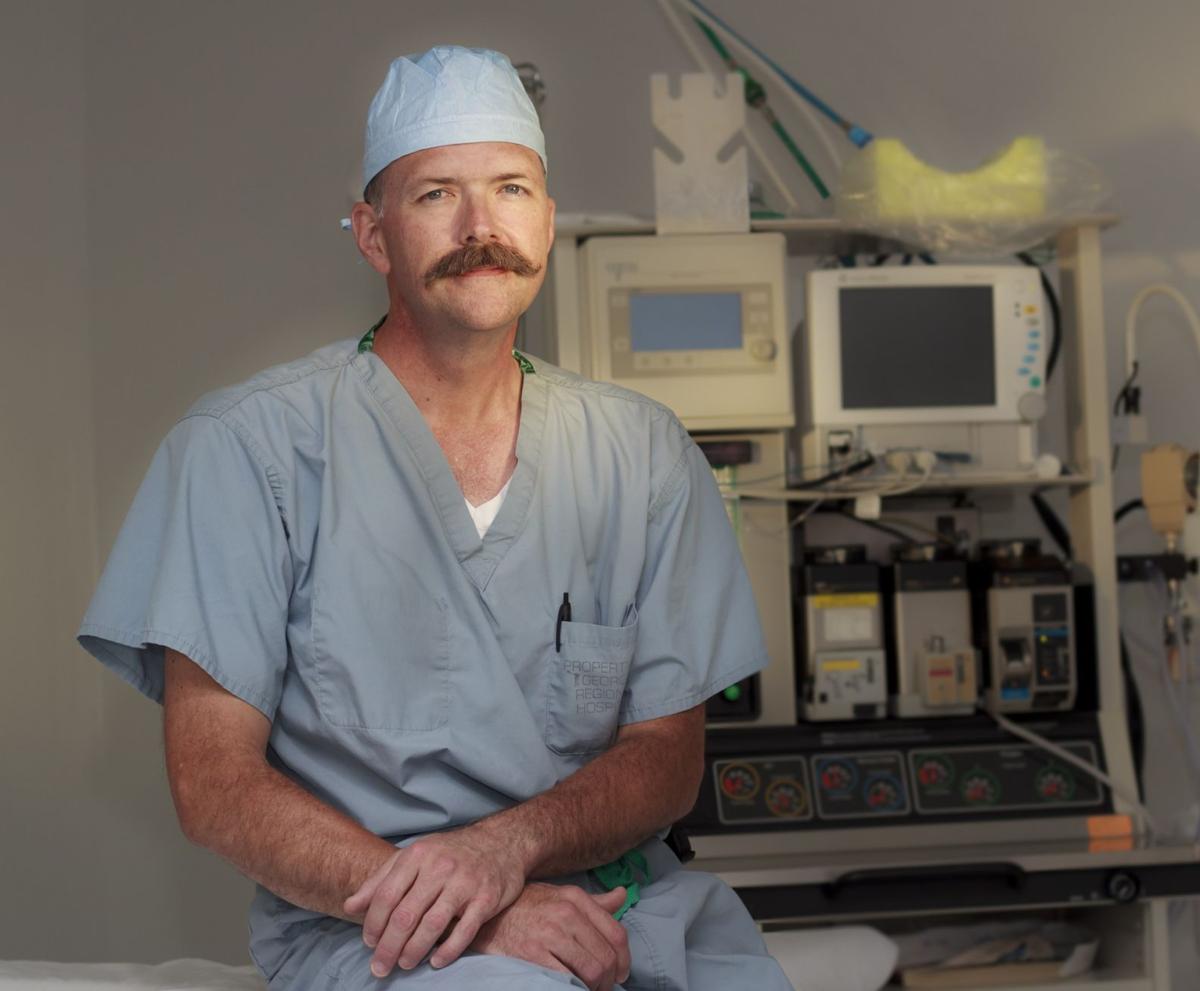
Conjoined Twin Separation: A Marvel of Medical Science
Conjoined twins, though a rare and extraordinary phenomenon, have fascinated and challenged medical professionals for centuries. The complexity of their condition requires highly skilled medical teams, advanced technologies, and years of planning to give these twins the best chance of living separate, fulfilling lives. Conjoined twin separation is one of the most intricate and emotionally charged surgeries in the medical world, often pushing the boundaries of what is possible in modern medicine.
What Are Conjoined Twins?
Conjoined twins occur when a fertilized egg fails to split completely during early development. This results in twins that remain physically connected to each other. The condition occurs in about 1 in every 200,000 live births, and the connection can happen at various parts of the body, including the chest, abdomen, or head. Depending on where the twins are joined, the complexity of their separation surgery can vary significantly.
There are different types of conjoined twins, classified based on where they are joined:
- Thoracopagus: Twins joined at the chest.
- Omphalopagus: Twins joined at the abdomen.
- Craniopagus: Twins joined at the head.
- Pygopagus: Twins joined at the back.
- Ischiopagus: Twins joined at the pelvis.
Among these, the most common are thoracopagus (chest) and omphalopagus (abdomen). Craniopagus, or head-conjoined twins, is the rarest and typically the most complicated to separate.
The Challenge of Conjoined Twin Separation

Separating conjoined twins is a daunting task. The procedure involves numerous challenges, including:
- Shared Organs: Many conjoined twins share vital organs like the heart, liver, or intestines. Surgeons must decide whether to attempt separating these organs or perform a life-threatening procedure that may involve splitting them or transplanting part of one twin’s organs to the other.
- Blood Vessels and Nerves: The twins often have intertwined blood vessels and shared nerve connections. Separating these delicate structures without causing major damage is crucial for the twins’ survival.
- Mental and Emotional Considerations: Beyond the physical aspects, separating conjoined twins involves a significant emotional component. The twins’ well-being, their families’ hopes, and the psychological impact of living as separated individuals are all taken into account during the planning and execution of the surgery.
- Risk of Mortality: Conjoined twin separation comes with high risk, with mortality rates that vary depending on the type of connection and the health of the twins before surgery. Despite the medical advancements, the procedure remains fraught with uncertainty.
Notable Conjoined Twin Separations

Several high-profile conjoined twin separations have showcased the incredible feats of modern medical science. These cases have helped shape the way we view conjoined twins and their chances at a separate life.
- The Binder Twins (1950s): Patrick and Benjamin Binder, twins joined at the chest, underwent a groundbreaking surgery in Germany in 1951. The procedure lasted 23 hours and was considered one of the first successful separations of conjoined twins.
- The McDonald Twins (2003): The McDonald twins, joined at the head (craniopagus), were successfully separated in a 22-hour operation in 2003 at the Children’s Hospital of Philadelphia. It was one of the most complicated separations at the time, with the twins being just 29 months old.
- The Jadhav Twins (2017): In India, Krishna and Sreeja, twins joined at the abdomen, underwent a successful separation in a surgery that lasted 12 hours. The twins had shared critical organs, making their separation particularly challenging.
These cases highlight the incredible advancements in surgical techniques and technology, but also underline the immense dedication and courage of the medical professionals involved.
The Future of Conjoined Twin Separation

The future of conjoined twin separation continues to evolve with advances in medical technology, including the use of 3D imaging for pre-surgical planning, robotic surgery, and regenerative medicine. Researchers are exploring ways to better prepare for surgeries by simulating the operation on 3D models, making it possible to anticipate challenges before entering the operating room. Furthermore, the development of organ regeneration techniques may one day allow for easier separation of shared organs.
The emotional and psychological support for conjoined twins and their families is equally as important as the physical surgery. Counseling and therapy are critical to helping both the twins and their families adjust to life after separation.
Conjoined Twin Separation: FAQ

1. What are conjoined twins?
Conjoined twins are identical twins whose bodies are physically connected due to incomplete separation during fetal development. They can be joined in various areas, such as the chest, abdomen, head, or back.
2. What is the most complicated conjoined twin separation surgery?
The most complicated surgeries are typically those involving craniopagus twins (twins joined at the head). These separations are especially difficult due to shared brain tissue, blood vessels, and the complexity of the brain’s structure.
3. How are conjoined twins separated?
Separation typically involves a team of surgeons working together to divide shared organs, blood vessels, and nerves. It may also involve transplanting organs or using advanced technologies like 3D imaging to plan the procedure.
4. What are the risks of conjoined twin separation?
The risks include complications like organ failure, bleeding, or damage to critical blood vessels or nerves. Mortality rates can be high, especially in cases where the twins share vital organs or the surgery is particularly complicated.
5. How long does conjoined twin separation surgery take?
The duration of the surgery varies depending on the type of conjoined twins and the complexity of their connection. Separations can last anywhere from 6 hours to 24 hours.
6. How successful is conjoined twin separation?
The success of the procedure depends on several factors, including the twins’ health, the extent of shared organs, and the location of the connection. While many cases are successful, some result in complications, and the separation may not be viable for all twins.
7. Do conjoined twins live normal lives after separation?
After successful separation, many conjoined twins go on to live normal or near-normal lives, but the recovery process can be physically and emotionally challenging. Psychological support and therapy play a significant role in helping them adjust.
8. Can conjoined twins live together permanently?
In some cases, conjoined twins may choose to remain together if the separation is deemed too risky or impossible. However, many twins who are physically connected can live productive lives, sharing resources and working together as a team.
9. What advancements are being made in conjoined twin separation?
Advancements include the use of 3D imaging to better understand the anatomy of conjoined twins, robotic surgery for greater precision, and organ regeneration to improve the viability of separation in cases where shared organs are involved.
10. How do families cope with the challenges of conjoined twin separation?
Families often face immense emotional and financial challenges when raising conjoined twins. Psychological support, therapy, and counseling are vital for helping families cope with the stresses of medical treatment, as well as the challenges of post-surgery life.
Conclusion
Conjoined twin separation is an awe-inspiring testament to human ingenuity, compassion, and medical expertise. While fraught with challenges and risks, the surgeries to separate conjoined twins have been successful in many instances, offering a new lease on life for those involved. As medical technology continues to advance, the possibility of safer, more successful separations increases, giving conjoined twins the chance to lead independent lives. With each case, the medical community pushes the limits of science, forever advancing our understanding of human anatomy and the possibilities of surgery.
